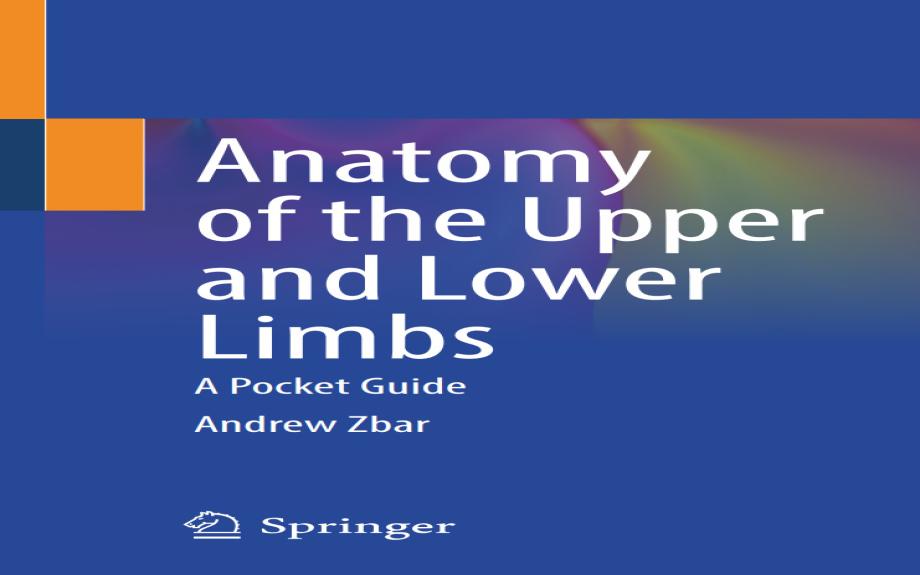This
book offers an easy-to-follow technique to better appreciate the
regional anatomy and provides a concise, accessible, and
well-illustrated pocket book. It is aimed principally at undergraduate
and postgraduate students of anatomy in a wide range of fields that
includes medicine and the paramedical specialties such as physiotherapy,
occupational therapy, orthotists, biological sciences, dentistry, and
paramedics as well as postgraduate training surgeons (in all
specialties), radiologists and interventional ER doctors.
This
volume focuses on the anatomical homology between the upper and lower
limbs in an attempt to create an easier learning process. Given
similarities (and differences) in the development of the limbs, lessons
can be learned about how to structure the muscular and neurovascular
anatomy of the different compartments. The book offers a contextualized
and grounded teaching which explains why the anatomy learned matters and
which helps to incorporate relevant developmental and comparative
anatomy that is placed in an historical context. This book changes the
way anatomy is taught using a short, practical guide to cover specific
body regions.

